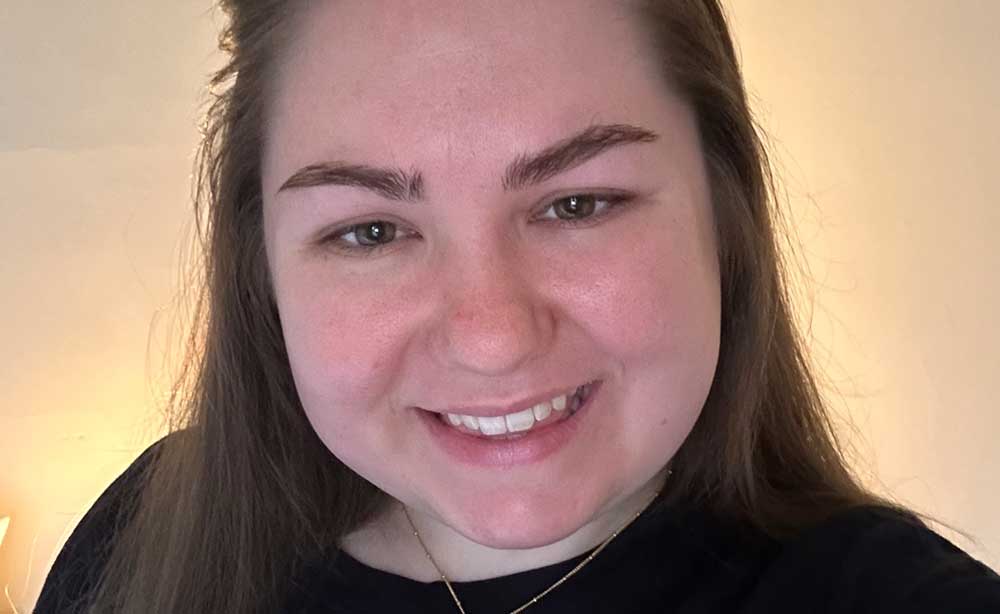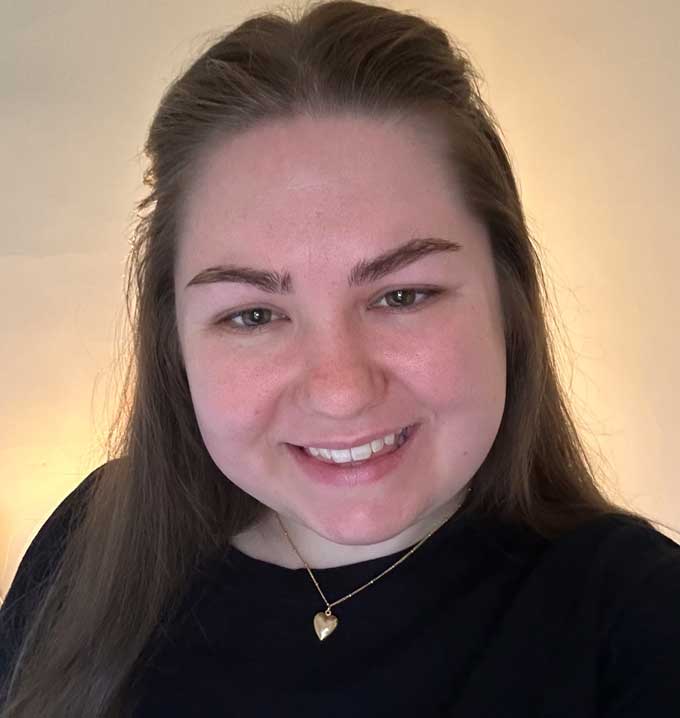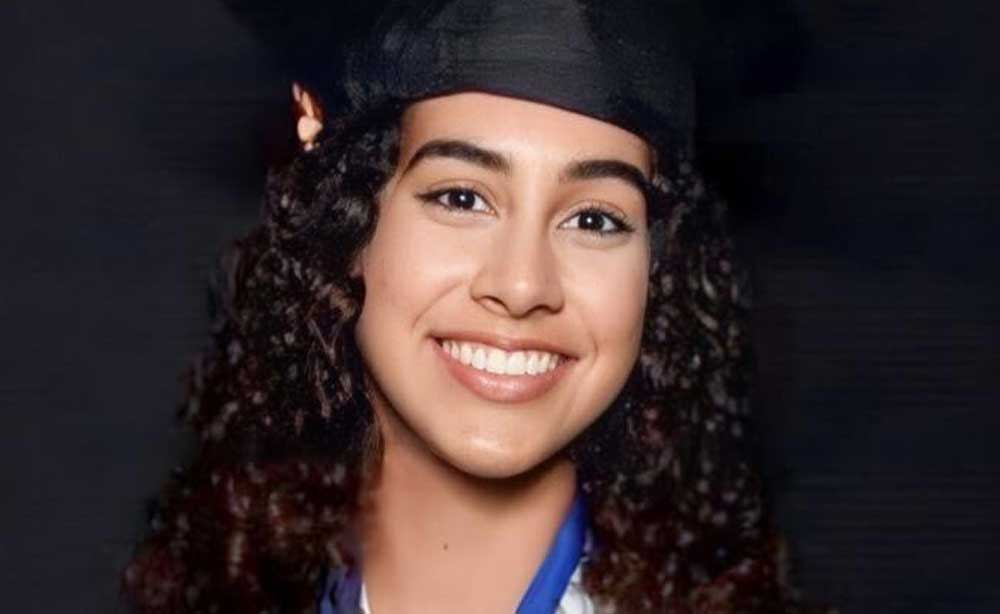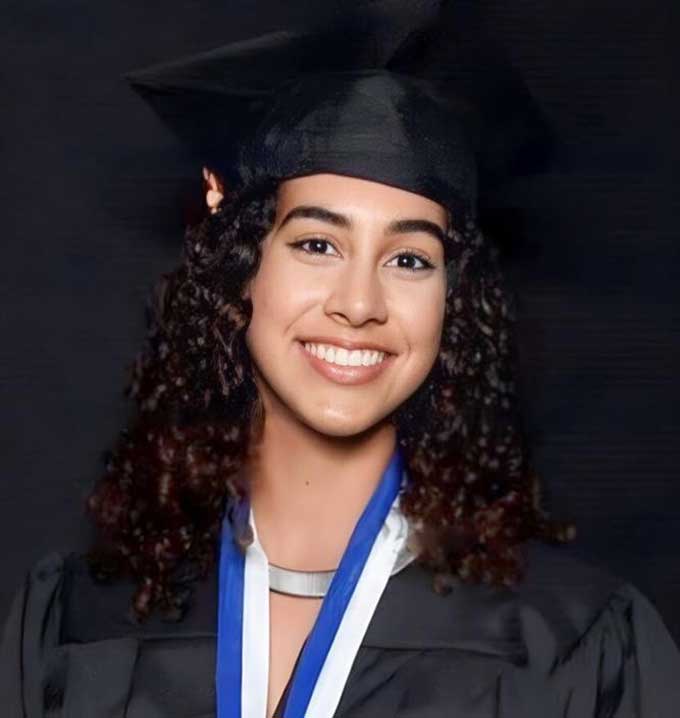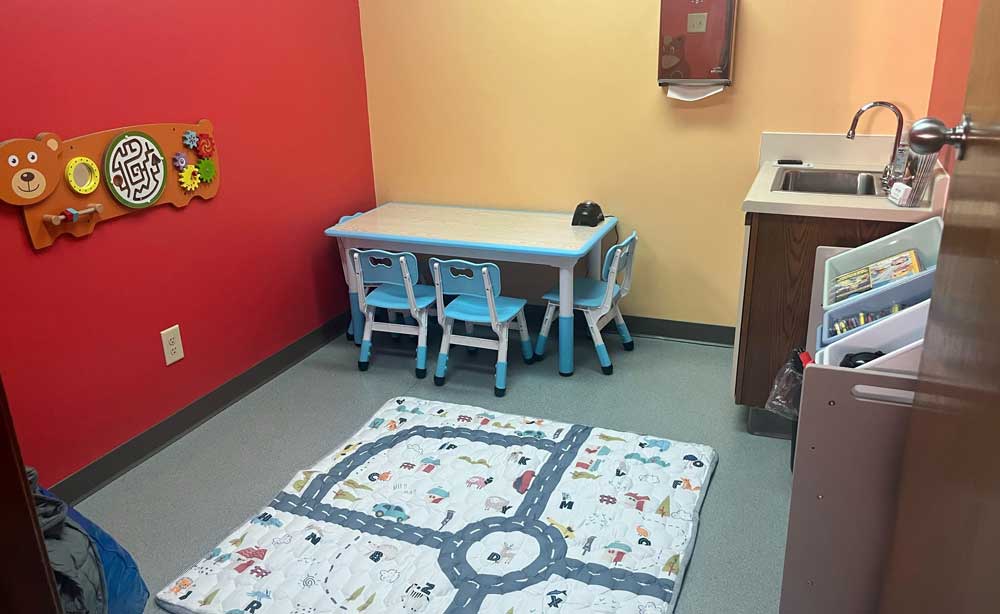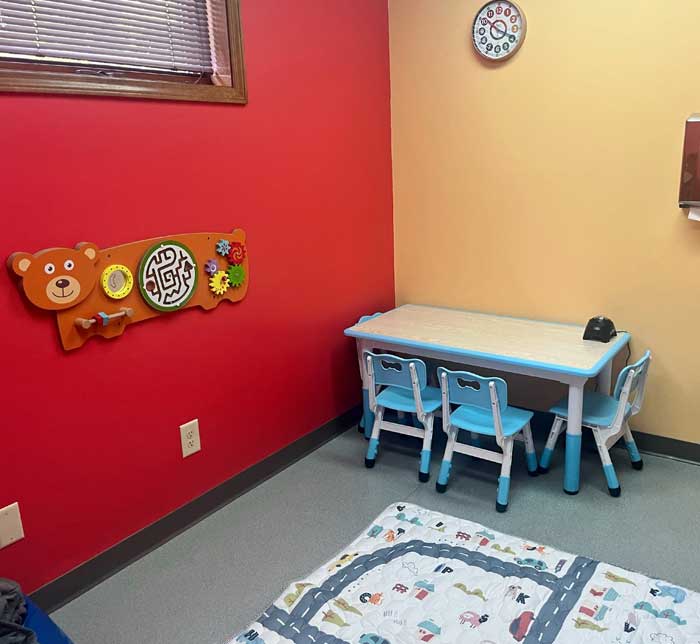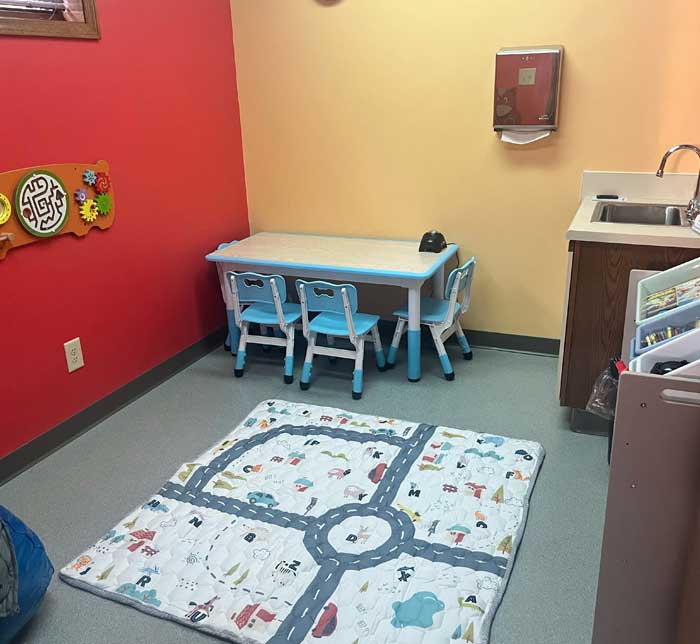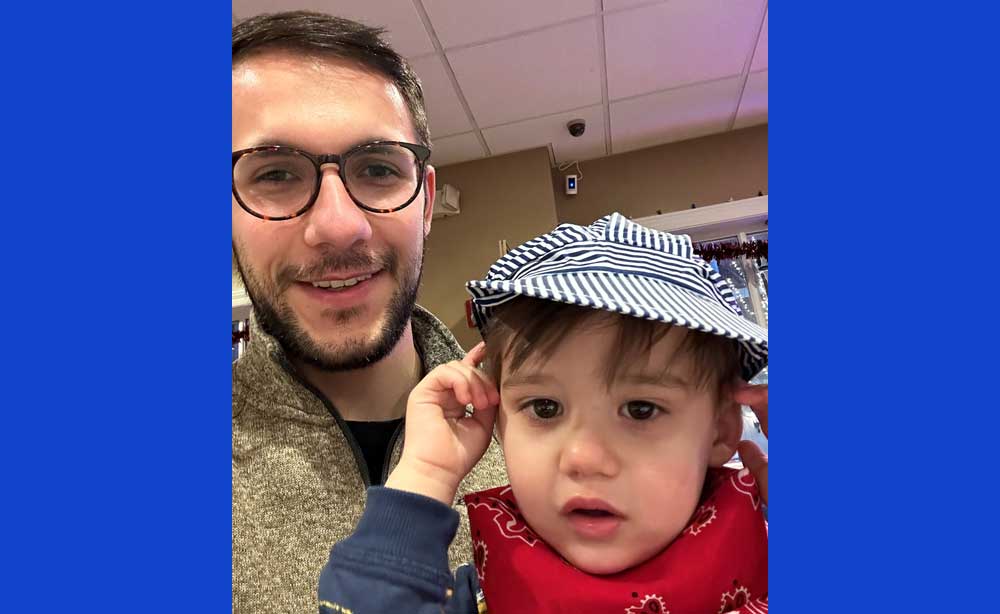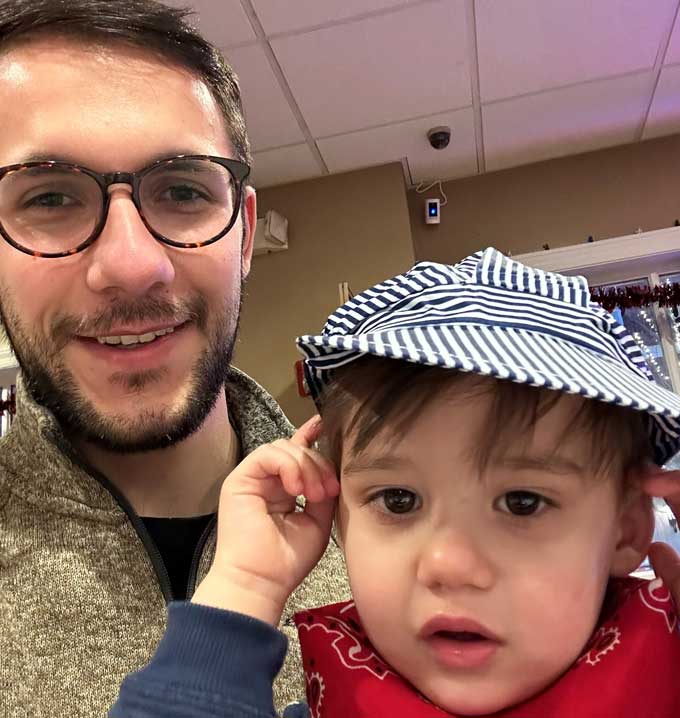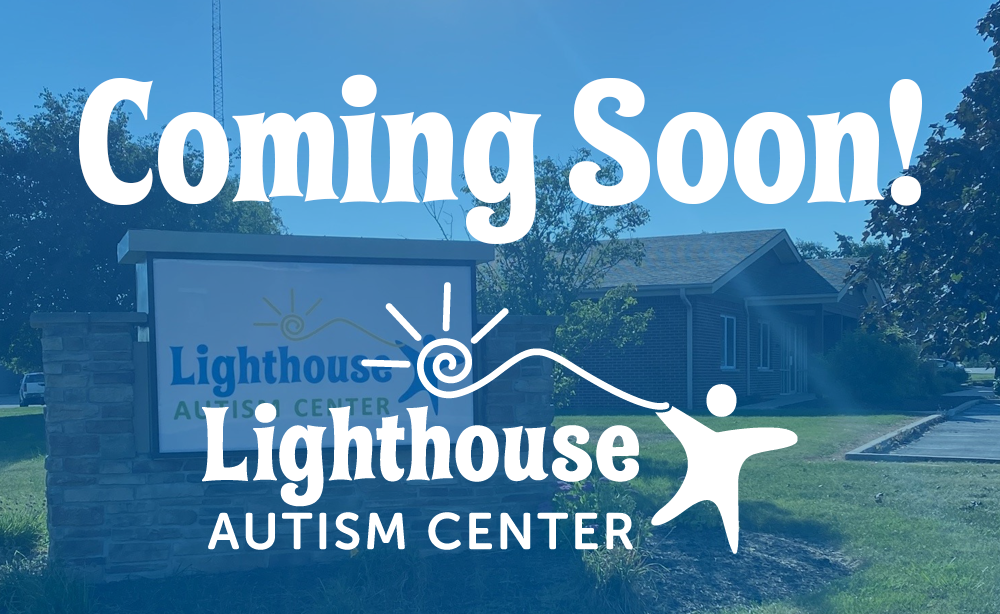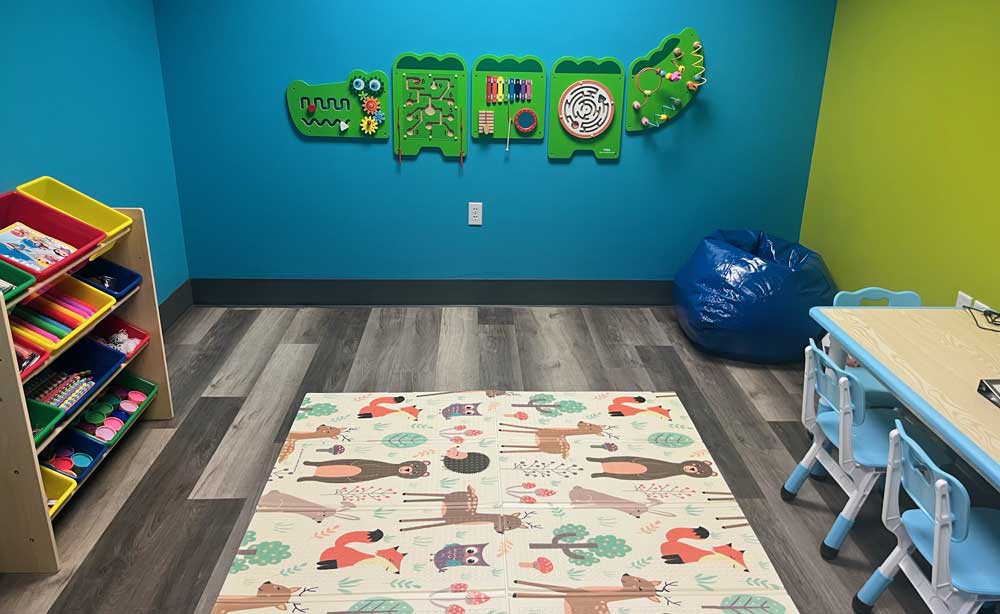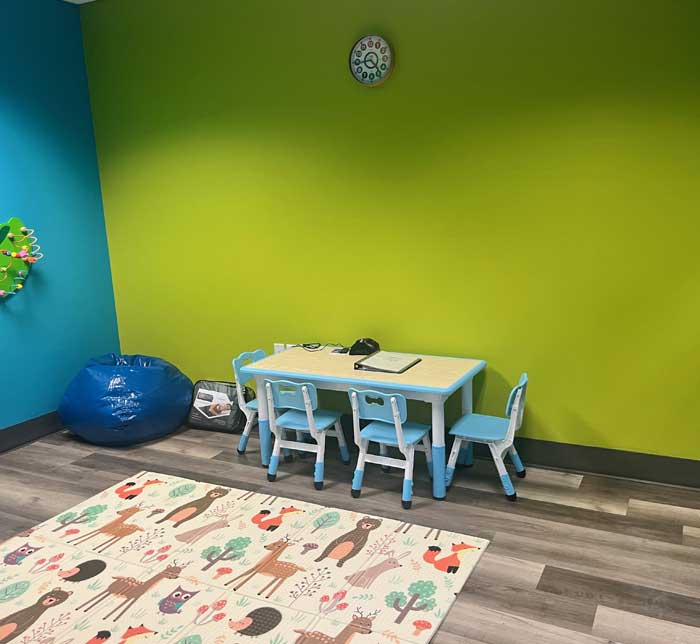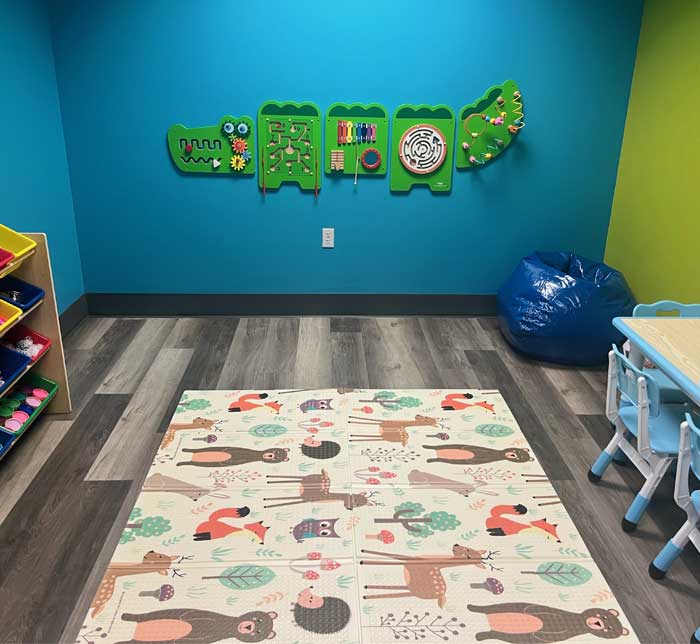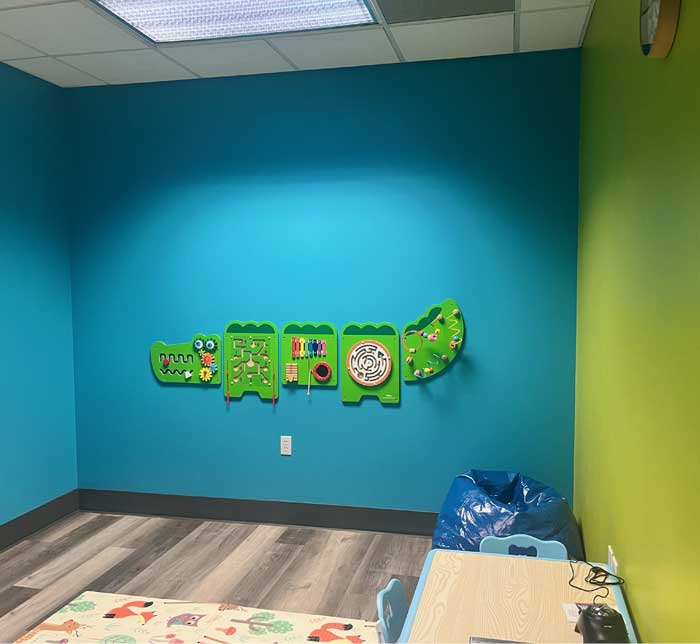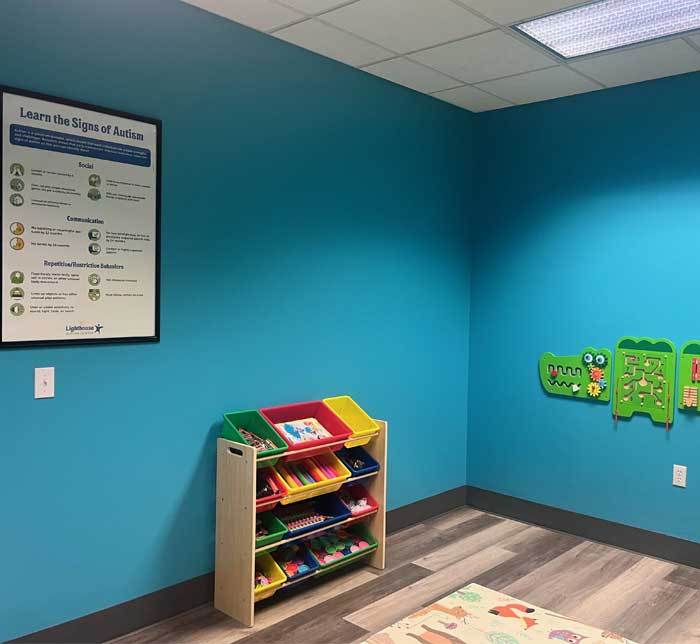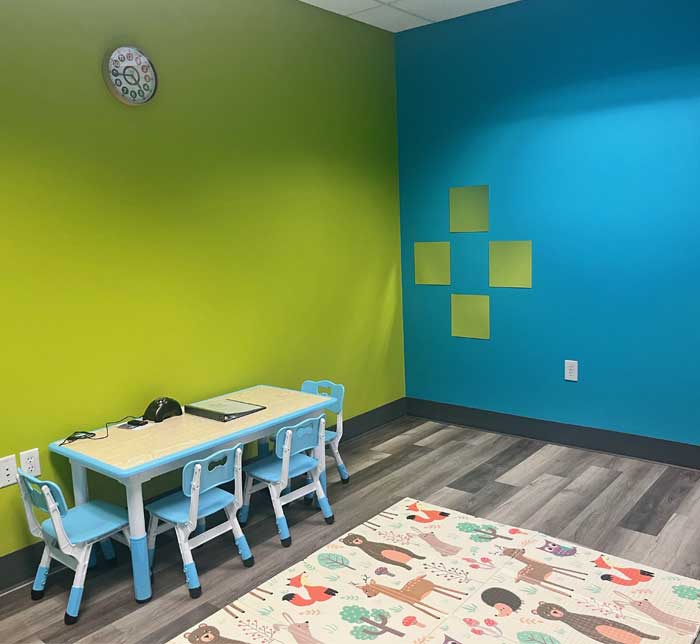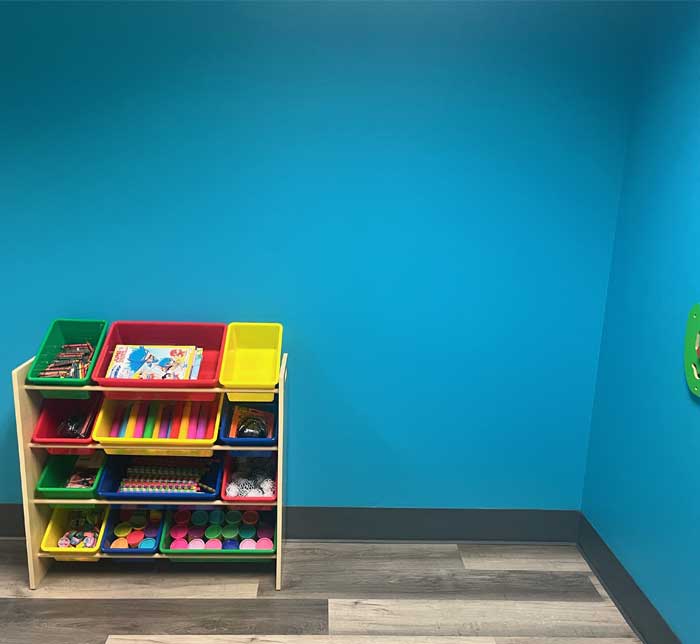Community Resources for Families and Caregivers of Children with Autism in Nebraska
Raising a child with autism comes with unique challenges and joys. Lighthouse autism center is committed to helping families of children with autism, beyond our doors. At Lighthouse, we’re not just providing therapy services; we’re supporting each child on their unique autism journey. Lighthouse is dedicated to supporting the Nebraska community though our new autism centers in Kearney, Lincoln Indian Village, Lincoln South, Omaha West and South Sioux City.
For families and caregivers in Nebraska, navigating these challenges can be made easier with the help of various community resources tailored to support them in their journey. From advocacy groups to therapy programs and recreational activities, Nebraska offers a wealth of support networks. Below is a comprehensive guide to some of the valuable resources available.

Advocacy and Support Groups
- Answers4Families: Serving as a hub for information and support, Answers4Families provides valuable resources for individuals with autism, caregivers, and professionals alike.
- Autism Action Partnership: This organization focuses on education, advocacy, and support for individuals on the autism spectrum and their families, ensuring they can fully integrate into the community.
- Autism Society of Nebraska: With a commitment to advocacy, education, and community-building, ASN provides vital support to Nebraska’s autism community.
- Autism Speaks: Dedicated to promoting solutions for individuals with autism and their families, Autism Speaks offers support across the spectrum and throughout life.
- Autistic Women & Nonbinary Network (AWN): AWN provides a safe space for autistic individuals and those of marginalized genders, offering community support and resources.
- The Arc – Nebraska: The Arc Advocacy Network provides essential information, referral, and advocacy services to individuals with intellectual and developmental disabilities and their families.
- National Autism Association: The National Autism Association (NAA) is a non-profit organization dedicated to supporting individuals affected by autism spectrum disorder (ASD) and their families. Founded in 2003, the NAA provides advocacy, resources, and educational programs aimed at improving the lives of those with autism. The organization focuses on promoting safety, raising awareness, and addressing the urgent needs of individuals with ASD.
Educational and Training Resources
- AFIRM (Autism Focused Intervention Resources and Modules): AFIRM offers free online training and education for individuals with autism, caregivers, and medical/mental health professionals.
- Autism Partnership Foundation: Providing free online training, the Autism Partnership Foundation offers resources for individuals seeking to understand the basics of autism.
- Learn from Autistics: This platform bridges the gap between parents and autistic voices, promoting autism advocacy and understanding.
Therapy and Intervention Programs
- Boys Town Speech-Language Clinic: Offering pediatric speech and language therapy, this clinic provides essential services for children with communication challenges.
- Camp Munroe (Munroe-Meyer Institute): A summer program focused on recreational play and social interactions, Camp Munroe offers a supportive environment for children with autism.
- Easterseals Nebraska: Easterseals provides a range of services to support children and adults with disabilities and their families, including therapy and support programs.
- MMI Feeding Therapy: The Munroe-Meyer Institute offers pediatric feeding therapy for children with feeding disorders, addressing a crucial aspect of their development.
- Starfish Swimming Therapy through Munroe-Meyer Institute: This aquatic therapy program offers children with disabilities the opportunity to improve their physical abilities in a supportive environment.
Recreational and Social Activities
- Munroe Meyer Adaptive Sports: Providing opportunities for children with developmental disabilities to learn sports skills, this program promotes physical activity and social inclusion.
- Soccer Shots (Omaha): Through fun games and positive reinforcement, Soccer Shots introduces children to the joy of playing soccer and being active in a team setting.
- Special Olympics Nebraska: Special Olympics offers year-round sports training and competition for individuals with intellectual disabilities, fostering physical fitness and social connections.
- We Rock the Spectrum: An indoor gym providing social groups and sensory activities, We Rock the Spectrum offers a supportive environment for children on the autism spectrum.
- ZnZ Gymnastics: Offering gymnastics classes for children of all ages and ability levels, ZnZ Gymnastics promotes physical activity and skill development in a inclusive setting.
Support Services and Referral Networks
- findhelp.org: This database connects individuals with resources across the country, making it easier to find local support services.
- Help Me Grow – Nebraska: Help Me Grow connects families with local community resources and provides valuable child development information.
- Independence Rising: Working with consumers to achieve their community-based living goals, Independence Rising serves 50 counties in Central and Western Nebraska.
- Nebraska Early Development Network: Providing early intervention services for families with children aged birth to three, this network connects families to essential services for developmental delays and healthcare needs.
- PTI Nebraska (Parent Training and Information): PTI Nebraska offers training and support to families of children with disabilities or special healthcare needs, empowering them to navigate the challenges they may face.
- Safe in Home: Offering remote support services aimed at promoting independent living for individuals with disabilities, Safe in Home provides a safe environment covered under the Medicaid waiver.
- Nebraska Home Society: The Nebraska Home Society (NHS) is a non-profit organization based in Nebraska, USA, committed to providing essential services and support to individuals with developmental disabilities and their families. Established in 1893, NHS has a long history of offering a range of programs and resources tailored to the unique needs of people with developmental disabilities, including intellectual and physical disabilities. Their services encompass residential care, vocational training, educational programs, and community integration initiatives.
Additional Resources
- OAR (Organization for Autism Research): Providing valuable resources, including sex education for self-advocates, OAR supports individuals with autism in various aspects of their lives.
- Vanderbilt TRIAD (Treatment and Research Institute for Autism Spectrum Disorders): Offering free training opportunities and an Autism Resource Line, Vanderbilt TRIAD connects families with valuable resources and support.
- Autism Navigator: Offers information about autism, resources, and a video glossary to help understand key autism symptoms and treatment approaches.
With these diverse resources and support networks available throughout Nebraska, families and caregivers of children with autism can access the assistance and guidance they need to navigate their journey with confidence and resilience. From educational resources to therapy programs and recreational activities, these community resources play a vital role in empowering individuals with autism to thrive and fully participate in their communities.



